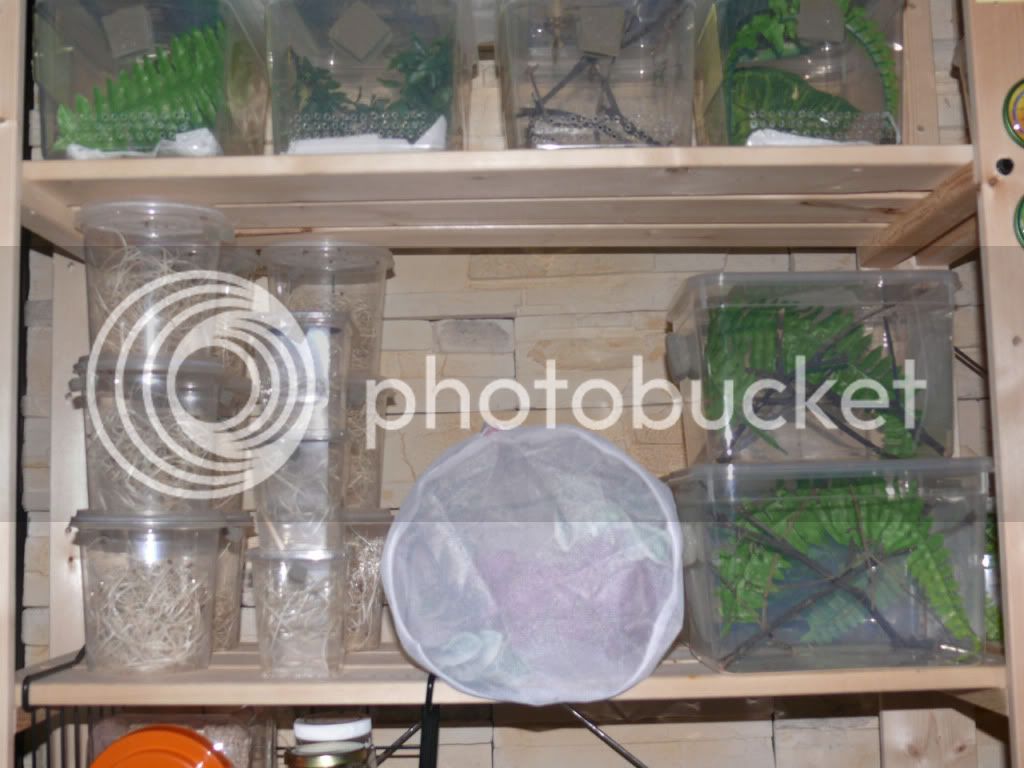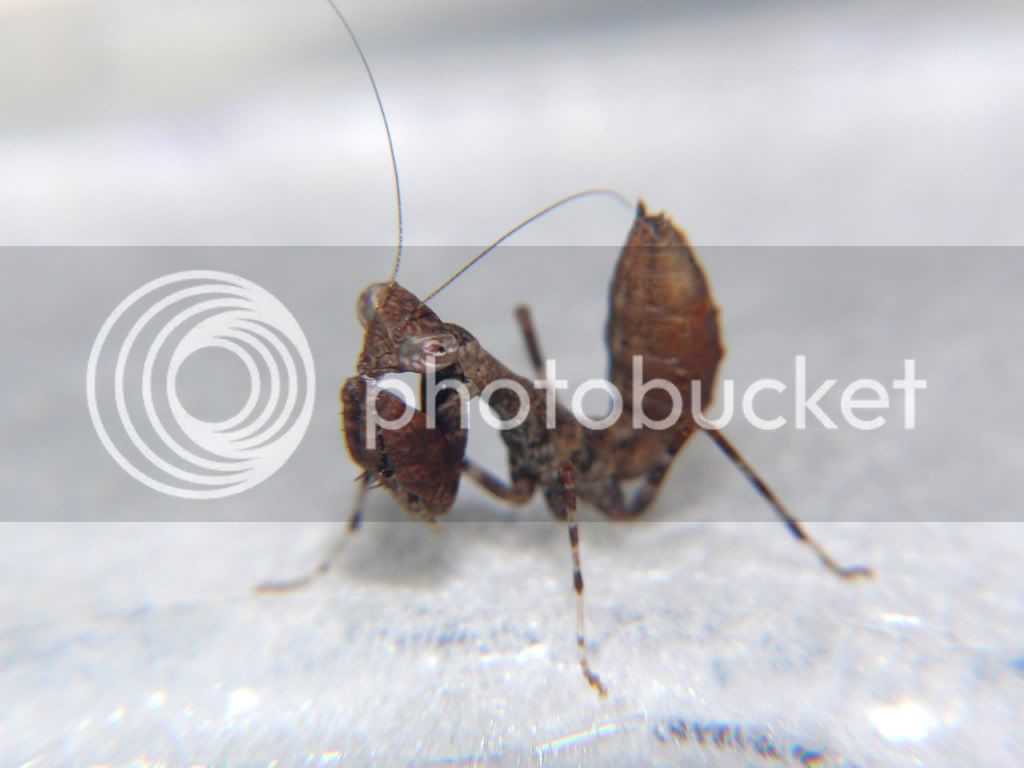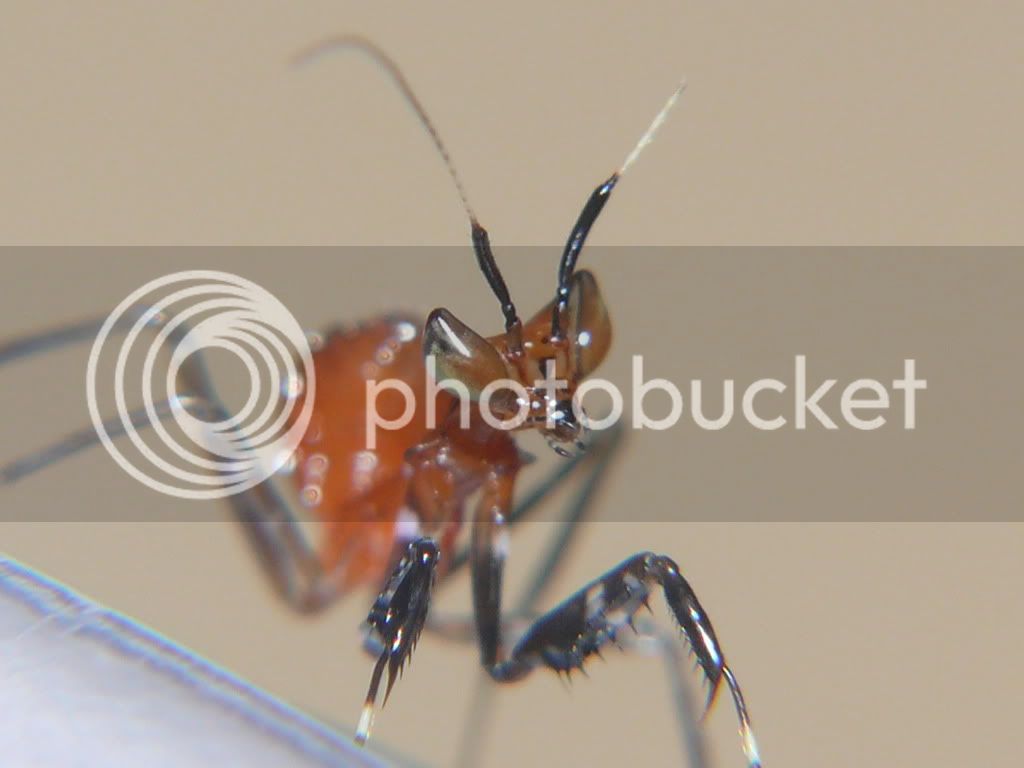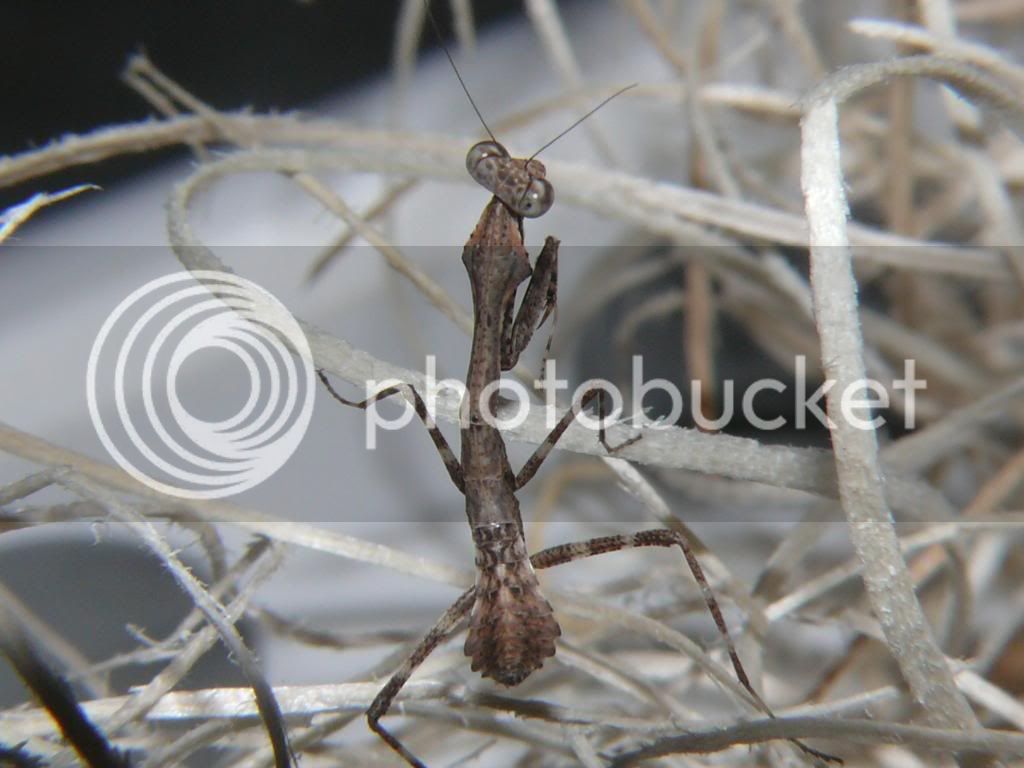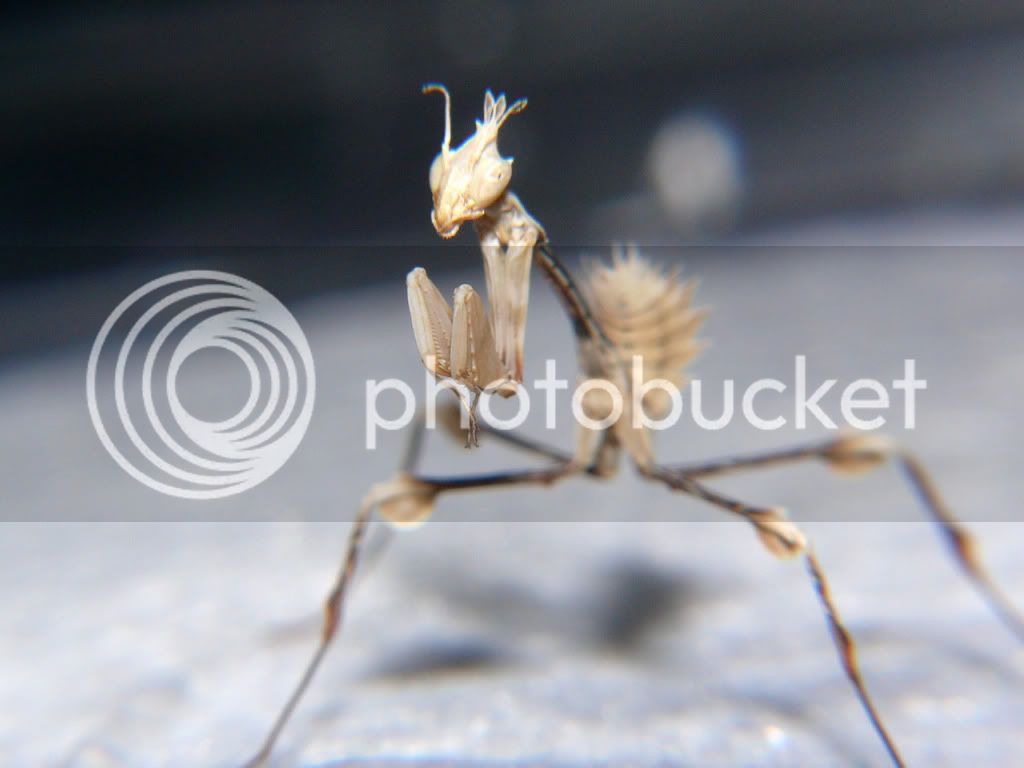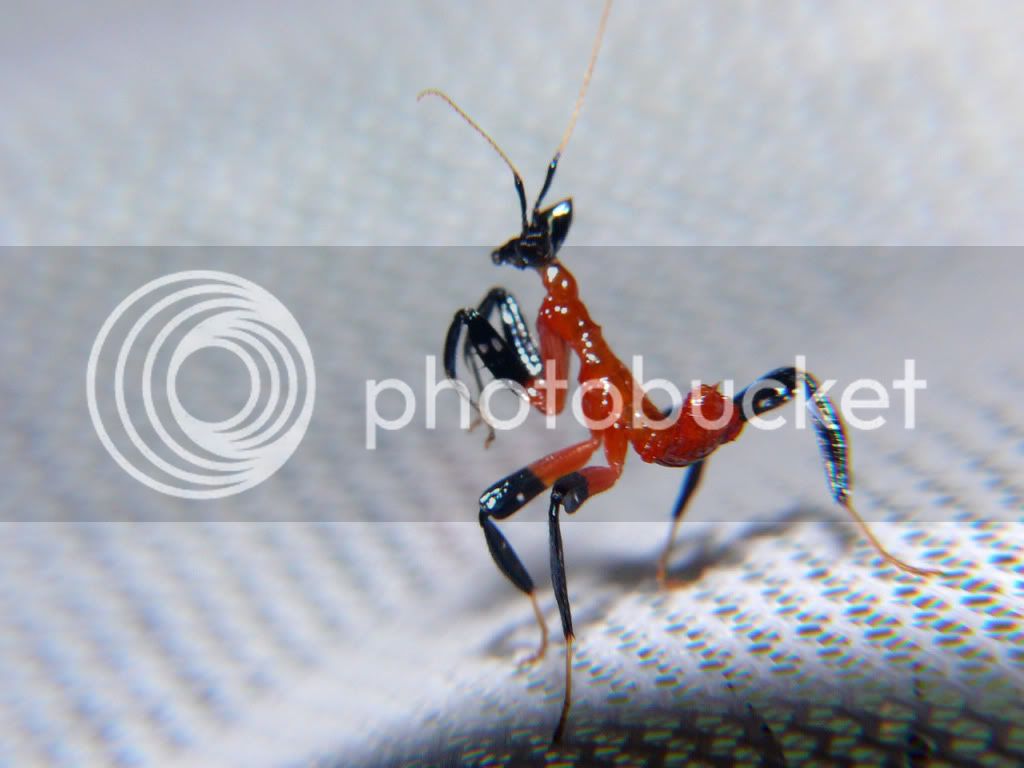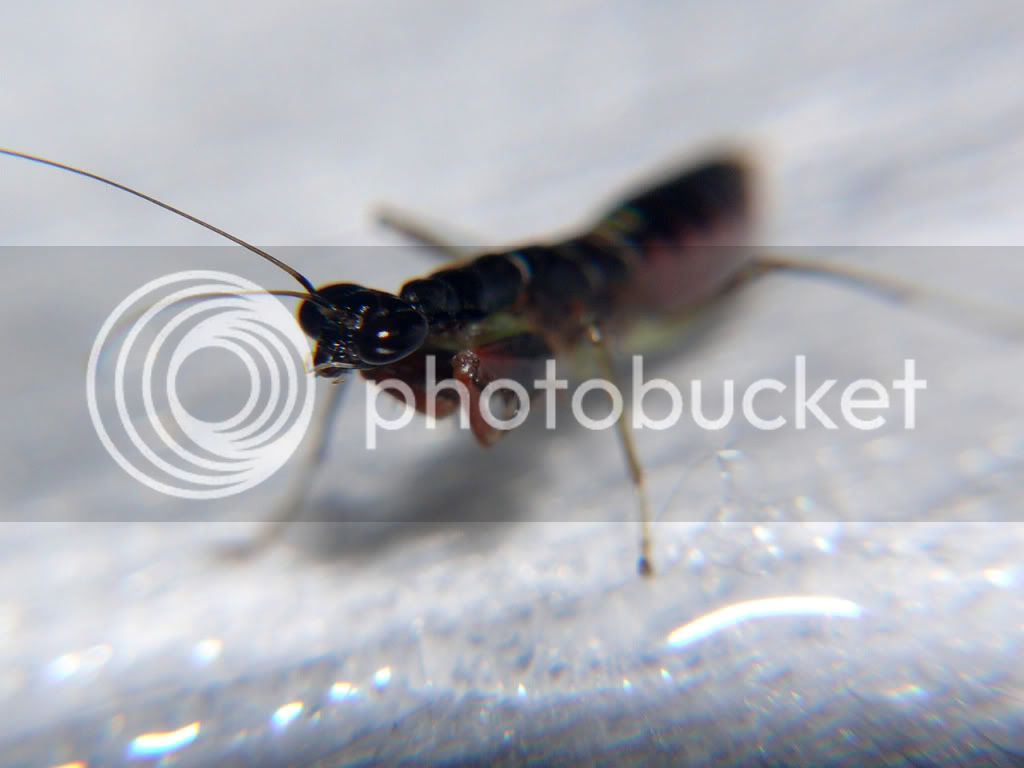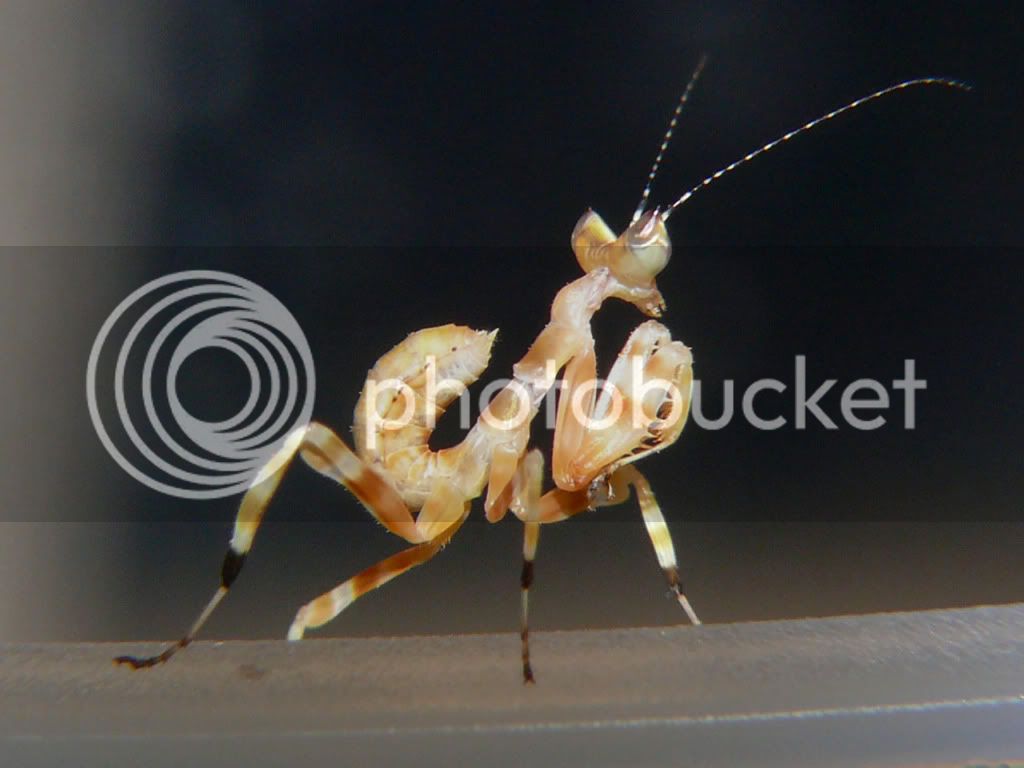kamakiri
Well-known member
Cool. Found a copy of your manual here:Hey kamakiri, my bro's at work right now so I'm gonna reply for him lol. He's using an attachment lens and our camera is a Panasonic Lumix DMC-FZ50. We're gonna try out the way you do it just to get an understanding how all this works.
http://sils.unc.edu/itrc/its/lab_resources...FZ50-manual.pdf
It looks like your Aperture is limited to f/11, so I'd try: ISO 200 or 400, 1/250, f/11. Also try higher shutter speeds like 1/500, if possible. With many CCD cameras, the sync limit can be pretty high, like 1/2000.
There may be limits to how sharp the attachment close-up lens can get beyond the center, which looks pretty sharp.
Hope that helps!




